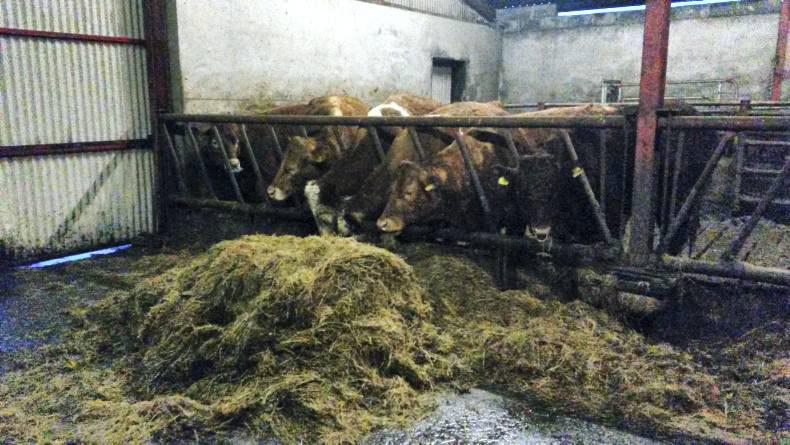With cattle coming to the end of the first rotation, trying to keep grass in front of the cattle has been a tough task this spring. Poor growth rates for the month of March, along with the cold weather have restricted the amount of stock I have been able to let out to date.
So far, half the autumn calving cows and calves have been let to grass along with the in-calf and beef heifers. Only the later calving cows remain inside while the calves on these cows have access to the fields around the sheds during the day. Bull and heifer calves are now being grazed in separate groups to avoid any heifers showing up in calf later in the year.
Fertiliser plan
Attention is now turning to my fertiliser plan for the year ahead. Based on Teagasc soil test results, I like many farmers have fields and paddocks low in P (Phosphorus) and K (Potassium).
Test results for the last number of years have shown that most fields on the farm are index 1 for phosphorus while a number of fields at index 2 for potassium. I aim to spread lime at the rate of one tonne per acre over the entire farm in the next couple of years in order to raise pH levels also.
Last year I targeted extra slurry on those fields that were very low in P and K in the hope of raising the index on these fields. However, this year all slurry has been targeted at silage ground so as not to let levels slip on these fields.
Pig slurry
Pig slurry has been imported in the past and I will bring in more pig slurry in the future to help raise the P and K indexes on the farm.
Slurry was applied to silage fields after they were grazed in early March and I hope to graze these fields once more before applying chemical fertiliser and closing for silage.
The aim is to get silage cut at the end of May or early June at the latest so as to achieve top quality silage. Looking at the weights achieved by the heifers over the winter it is clear that I need to increase the quality of my entire silage crop in order to reduce the amount of meal required by replacement heifers over their first winter.
So with regular testing and correct fertiliser use I hope to have soil P and K indexes at optimum levels within the next two to three years.






 This is a subscriber-only article
This is a subscriber-only article











SHARING OPTIONS: